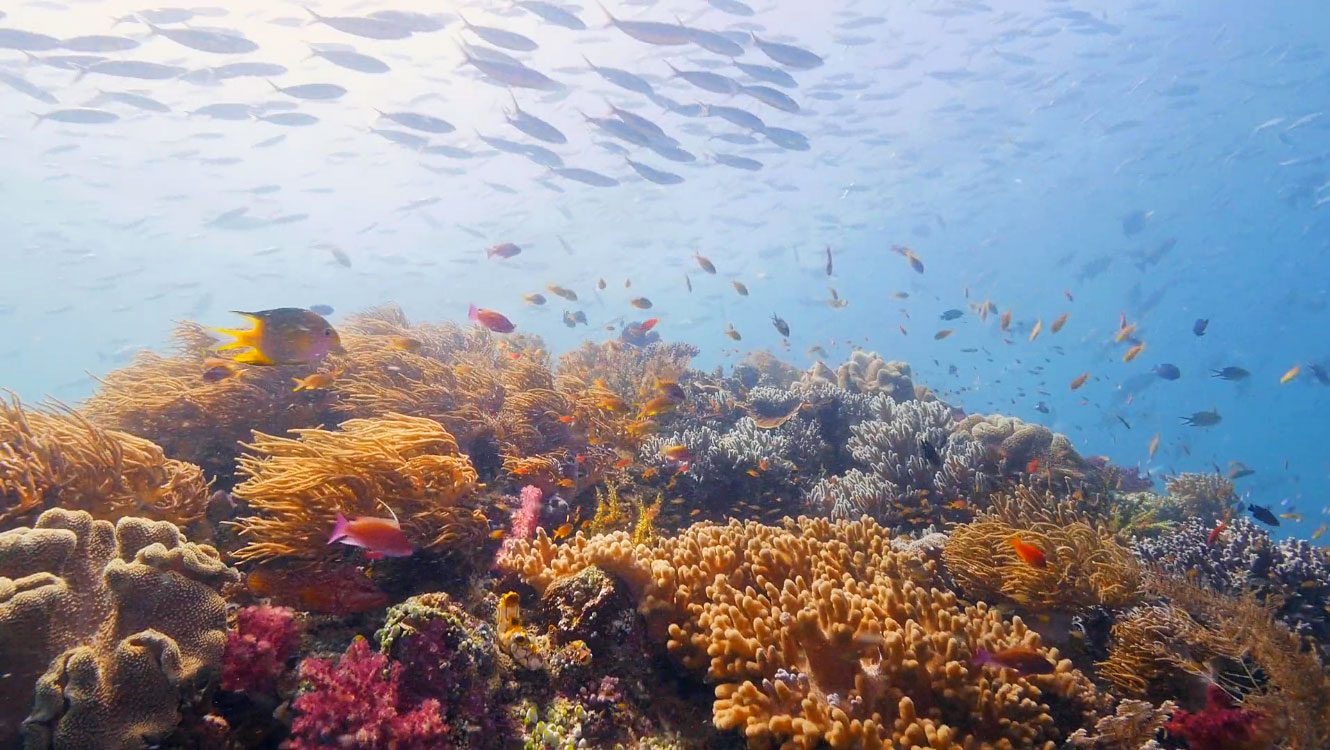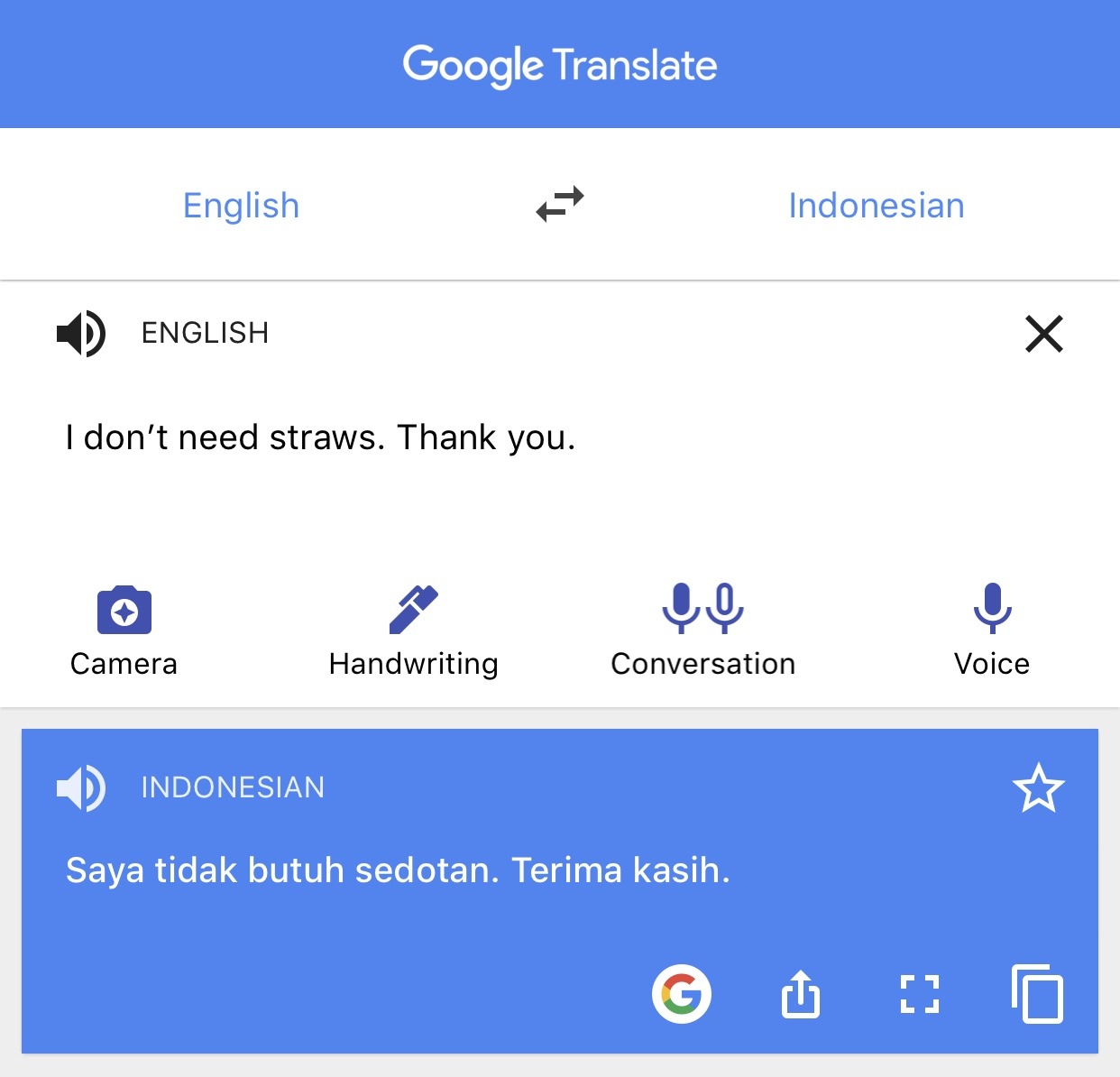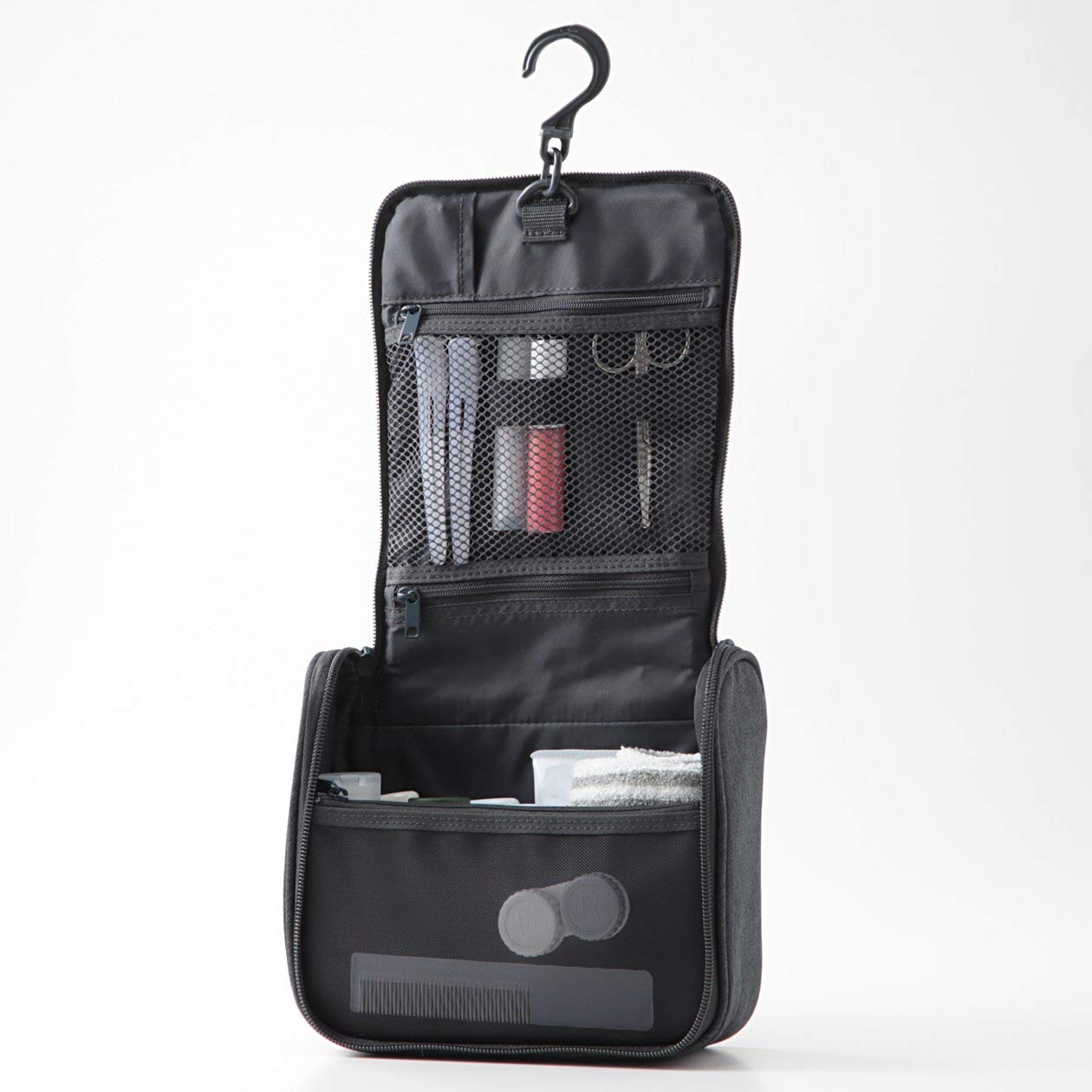Have you ever thought about where your trash really go? I didn’t, until a few years ago when it dawned on me: all the trash I throw to the bin, that gets whisked away by a garbage truck, isn’t really going anywhere. They simply get dumped somewhere out of sight. Even worse, all that trash sometimes makes it way back into the ocean! That’s when I started being mindful of the waste I produce and got to know about the journey to Zero Waste life and travel.

It’s easier to be mindful of your waste when you are at home and living your routine life. But once you’re on the road and thrown in a new environment? All routine goes out the door. So I turned to the folks over at Journey to Zero Waste Life in Singapore for their tips on how to minimize waste while on vacation.
Here are some zero waste traveling tips that are easy to follow:
1. Best way to reduce waste? Refuse, refuse, refuse!
Yes! The answer to reducing waste is not recycling. Instead, it’s to stop producing and using things that become unnecessary waste to begin with. Most of us regular folks are not directly responsible for manufacturing, but collectively, we are the main consumers of said manufactured items.

How can you help? By refusing items you don’t really need, such as plastic utensils, straws (BOTH plastic and paper), cups, plastic bags, or even toiletries provided in your hotel. When I was in Bali, I was pleasantly surprised by how easy it was to minimize your waste. Almost all restaurants, especially in new areas like Ubud, Seminyak, and Canggu, offer reusable straws by default.
How did this happen? In order to survive as a business, restaurant owners needed to understand their customer’s demands. Bali visitors have spoken loud and clear – they love nature and do not want to use plastic utensils or straws. Businesses had to adapt to their customer’s needs to keep them coming back, and thus, although Bali has whole other issues with trash, most of the restaurants in Bali has become eco-friendly.
So you see, it’s a basic economic law of supply and demand. When we collectively refuse to use these single-use items, we are signaling to businesses that there is now less demand for those products. In turn, businesses will then order less and produce less of those items we don’t need.
That’s the fast and simple explanation anyway.
2. Have a Zero Waste Kit ready to pack
For me, this kit is not limited to just for use while I’m traveling. I bring this kit everywhere with me even when I’m in my home country too! This kit can include:
- Reusable Utensils – In case the restaurant you are going to do not provide a metal / reusable utensil. Japanese brands like Muji and Tokyu Hands have good ones that are compact and easy to pack!
- Reusable Straws – In case the restaurant you go only provides plastic straws.
- Water Bottle – Because we all need to stay hydrated! Try picking one that can accommodate both hot and cold beverage.
- Reusable Coffee Mug – I prefer to double my water bottle as a coffee mug (that’s one less item to pack!), but if that doesn’t work for you, then this could be an option.
- Small Food Container – Great to store food leftovers or snacks.
- Handkerchief or small towel – for small spills. Pick a dark colored one that does not show stain easily.
If you have any other items you include in your kit that I didn’t mention above, let me know! I’d love to know what’s in your zero waste kit.
3. Learn how to refuse plastic waste in local language using Google Translate
Sometimes, it’s as simple as just communicating to businesses (in this case restaurants) so that they can accommodate your needs. In places that don’t speak English, you can try using universal body language. However, learning phrases like “I don’t need straws. Thank you.” or “I don’t need plastic bags. Thank you.” could go a long way.

If all else fails? Google Translate to the rescue! Download an offline pack of the language used in the destination you are going to, and you can translate on the go without using mobile data.
4. Minimize purchase of bottled water (and other bottled beverage)

It’s important to stay hydrated, so bring a bottle that you can fill up on water whenever you have the chance. When choosing your water bottle, pick one that is durable and versatile – Ideally, it should be able to store both cold and hot beverage.
If you are going to a country where the source of water is not potable, you can opt to fill up while you are at restaurants or hotel that have filtered water. If that option is not available, you can bulk-purchase water. Grocery stores often carry the larger 2-5L water bottles, which cuts down on the amount of plastic used than using single 300ml bottles each time.
Another good option would be to bring your own water filter or invest in tools like Steripen to ensure your water is always safe to drink. It’s expensive, but it can turn any tap water into drinking water and a great option for those with sensitive tummies too!
5. Bring your own listening device for flight entertainment
Those cheap-looking earphones they hand out to you and the beginning of a flight? They’re cheap for a reason – most of them are probably going straight to the bin after. And even if the earphones are reused, they’ll most likely throw away the plastic/foam portion (that comes in contact with your ears) and use more plastic to repackage the earphones for hygienic reasons.

I’ve kept an earphone I got from a flight I took a year or so back and just kept reusing it for my future flights. Another solution is to bring an airplane audio adapter and use your own listening device (that you already have at home) on the plane! I bet you’ll get better audio quality that way too!
PS: I find that most airlines I’ve taken in the past year have updated their audio output to the 3.5mm audio jack, so you might not even need an adaptor anymore. But it depends on the airline of course.
6. Pack your own toiletries
Hotel amenities were one of the joys of staying in a hotel for me. I even used to pack home any shampoo, conditioners or body soaps that I didn’t use during my stay. That is, until I realized how incredibly wasteful this behavior is. Using or taking home hotel toiletries signals to the hotel that their guests actually need those things, and lead them to order more of it. So nowadays I always bring my own toiletries when I travel.
Another added benefit of bringing my own toiletries is that it also ensures I’m only using products that I know is compatible with my hair and body. I find the shampoo and conditioners used by hotels tend to dry my hair out.
My favorite travel kit is one that I got as a gift a few years back and have been using since – hanging travel pouch from MUJI, which makes packing my travel toiletries so much easier, and it hangs on to towel racks for easy storage.

And all those hotel toiletries I packed home? Never used them again. Once I got back from vacation, they just became another item to add to the pile of waste.
7. Bring an extra (compact) bag to replace plastic bags
A canvas tote bag is such a versatile item to bring on vacation. I’m SURE all of us already has one of these at home! You can fold and roll it up so that it takes up less space in your luggage, and then unravel it later as needed. I find them useful for grocery shopping, souvenir shopping or just about anything you’d normally use a plastic bag for.
Other than a canvas tote bag, one of my favorite thing to bring on a trip is a dry bag. This bag is usually waterproof – normally used to protect your stuff while doing water sports like diving or wakeboarding. But I find dry bags useful for a bunch of other purposes too, such as transporting wet clothes (especially after a trip to the beach) or as an emergency extra storage in case your luggage grew by the end of your vacation. They can fold up neatly too and doesn’t take up space in your luggage.
8. Go paperless whenever you can
One of the greatest thing about this digital age is that we no longer need to rely on paper. The same goes for traveling – more and more airlines are not requiring you to print your airline confirmation, so don’t print them! But please do check first since some budget airlines still require you to print, like Ryan Air or Easyjet.
I also no longer print out hotel bookings, tour or other activity confirmations – nobody ever asked for it, and if they do I’ll just show them my email confirmation on the phone.
Another way to go paperless is to not pick up any fliers or informational brochures while visiting a tourist spot. You can just take a photo on your phone for reference, which lasts way longer than brochures. Paper brochures just become yet another trash to deal with later on.
9. Do not buy cheap souvenirs
Cheap souvenirs are often bought as literal cheap thrills and spontaneous purchase. I often find that these items just become part of the clutter once you are back home. It’s really not worth the money. It’s tacky and usually not an authentic piece anyway, mass produced somewhere else to keep the costs down.
Instead, I would focus more on experiences, which is often far more valuable than tangible goods. However, if you must buy a souvenir, then try buying good quality pieces that will truly become a part of your home. In the spirit of Marie Kondo, you need to ask yourself if this thing you’re buying will bring you happiness for many years to come.
10. Say no to daily room cleaning
If you are staying at a hotel for more than one day, put up the “Do Not Disturb” sign. You don’t really need the room to be cleaned every single day, do you? And you certainly don’t really need fresh towels all that often. Instead, opt for cleaning every other day (or even less frequent) and request to not change the towels unless you actually need a new one.
Okay, that’s all from me! I hope this article gave you some ideas on how to make your vacation a little more eco-friendly. Which one of these tips will you try on your next travel?
Special thanks to Journey to Zero Waste Life in Singapore for their travel tips!
